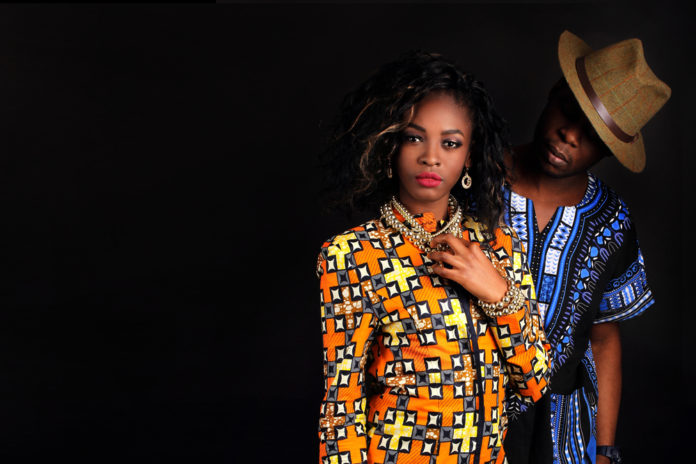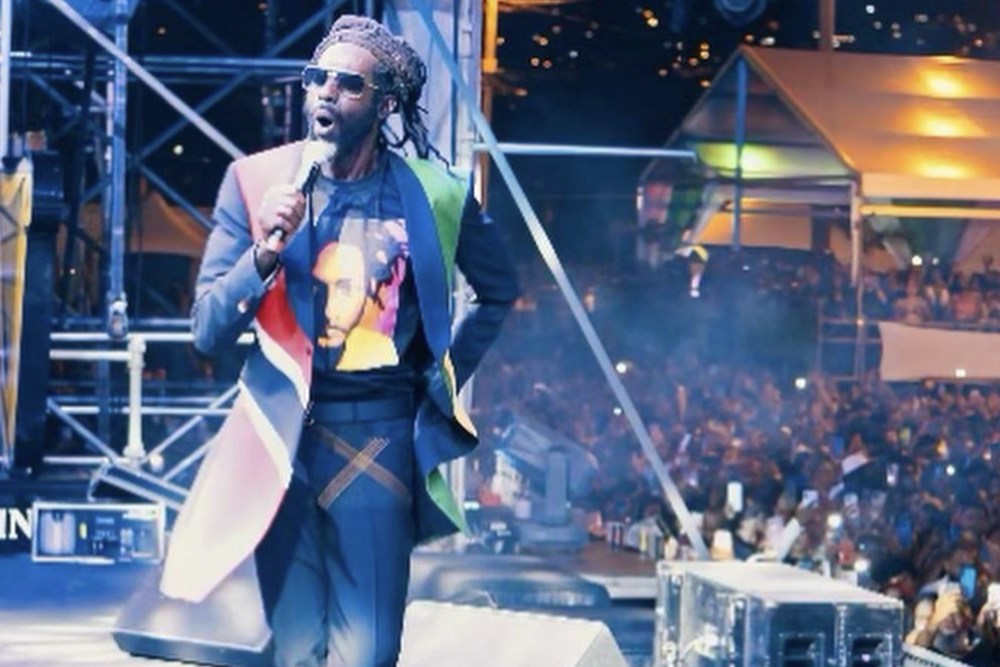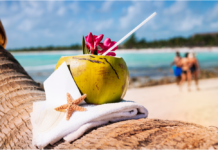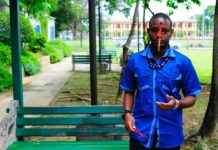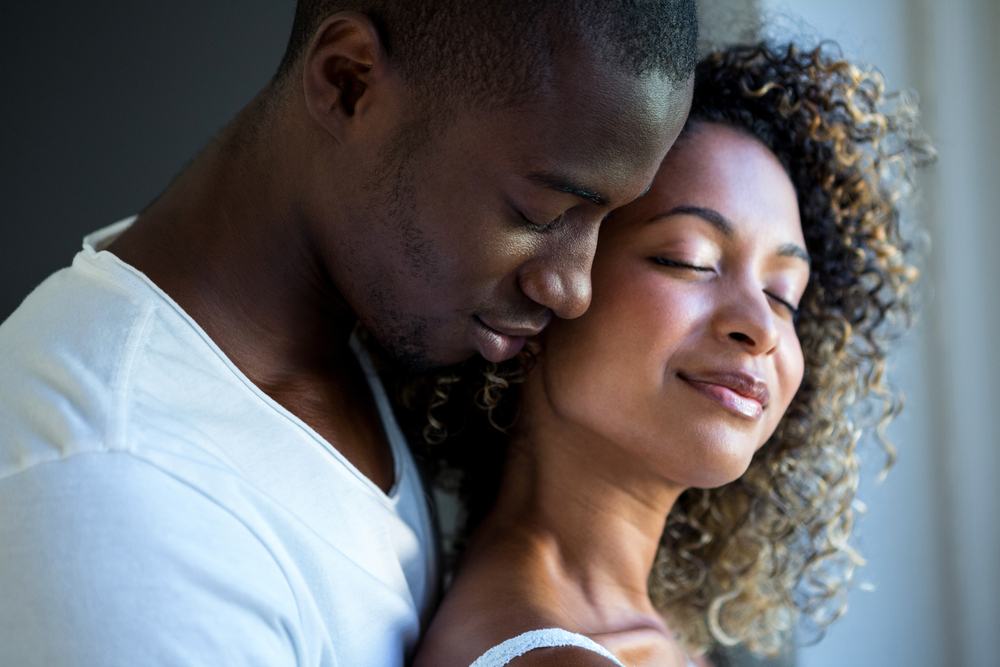The world has always borrowed from the innovation and style of African and Afro-heritage people. In recent years, with the advent of social media leading to more avenues to spread knowledge, as well as an increasingly interconnected global society, black people have begun to embrace African-inspired trends.
Dashikis
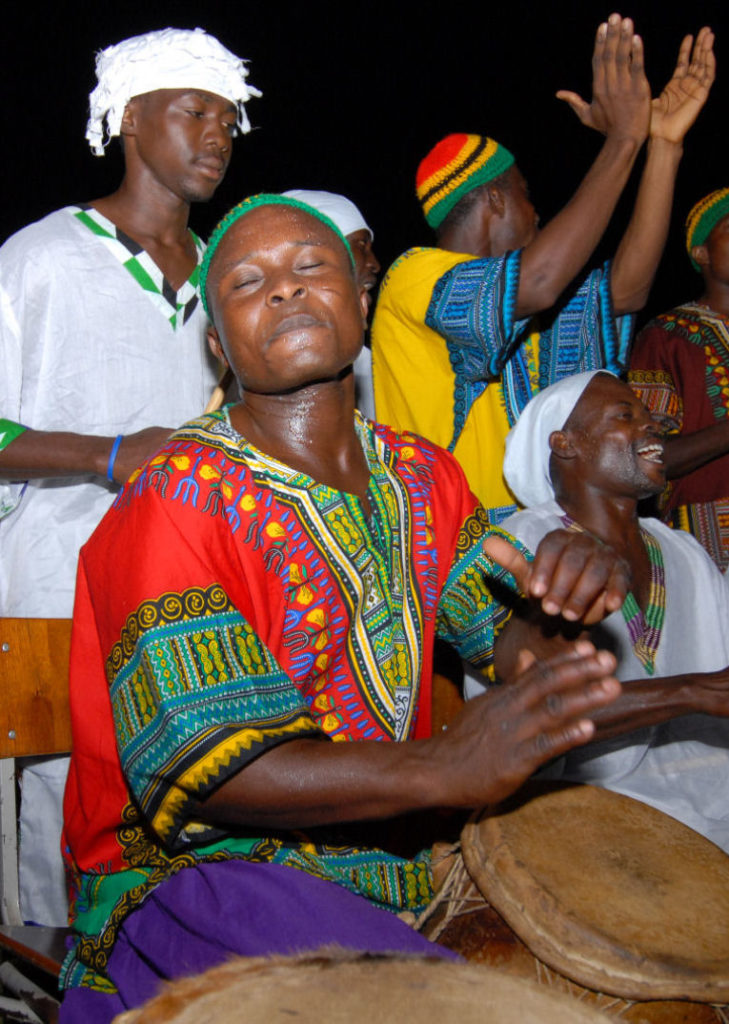
Dashikis are becoming ever popular, worn by men as a T-shirt for casual or special occasions, and by women as a top or dress. The word dashiki is derived from the Yoruba word danshiki, – which was taken from the Hausa word dan ciki – referring to a loose-fitting work tunic that kept men cool in the heat. While the garment originated in West Africa, in Western countries with Afro-descendant populations, it has become a symbol of revolutionary politics as well as ancestral pride. Popularized in the 1960s and 70’s by the Civil Rights and Black Panther movements, it surfaced as a means of using clothing items as a rejection of Western cultural norms and an embracing of African culture.
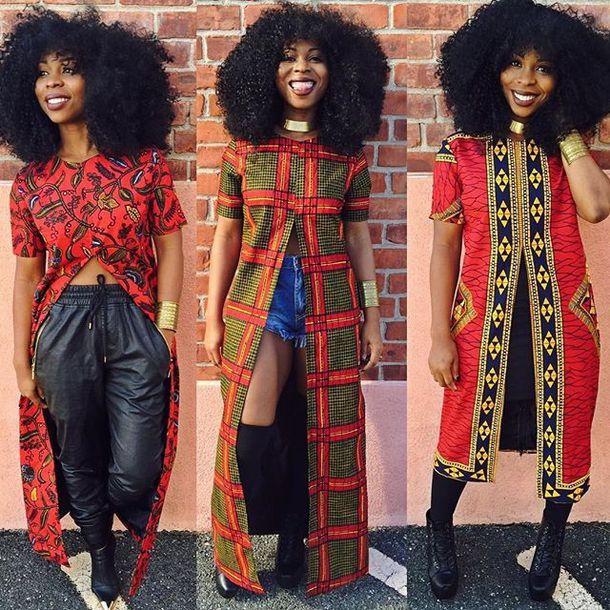
Eventually, white subcultures started adopting the dashiki look in different ways for its obvious aesthetic appeal, that is, until it was deemed uncool by the high fashion industry. The good news is that the look has come back with a vengeance nowadays, in an array of colors, patterns and styles, and the new generations are definitely feeling the vibe.
Headwraps

In African countries like Nigeria, women intricately bind their hair with beautiful clothes specially created for that purpose. They have different names according to region and language, but are most commonly known to Westerners as the accessory head tie or head scarf. Reminiscent of the royalty in ancient Egypt, Nubia, and West Africa, the designs truly complement a melanated face and add a pop of pizzazz to an outfit.
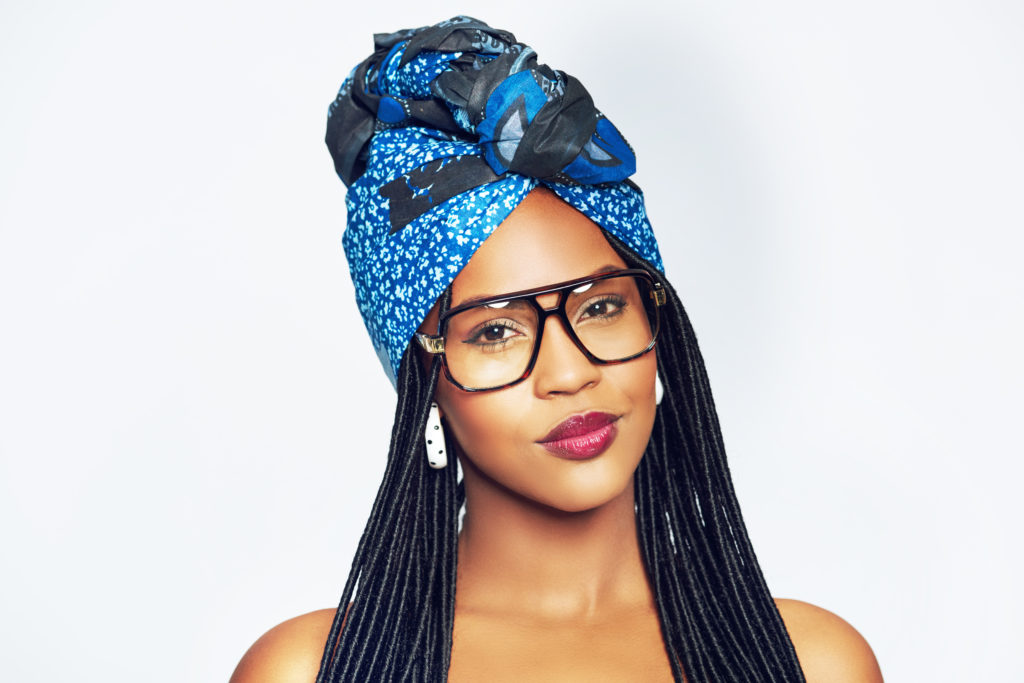
So it’s no doubt that these headwraps are another obvious trend for women, and with a range from bright, solid shades to eclectic patterns, there is something to suit everyone’s tastes. There’s nothing like just tying your hair up on a difficult hair day and still feeling like an absolute goddess.
Braids
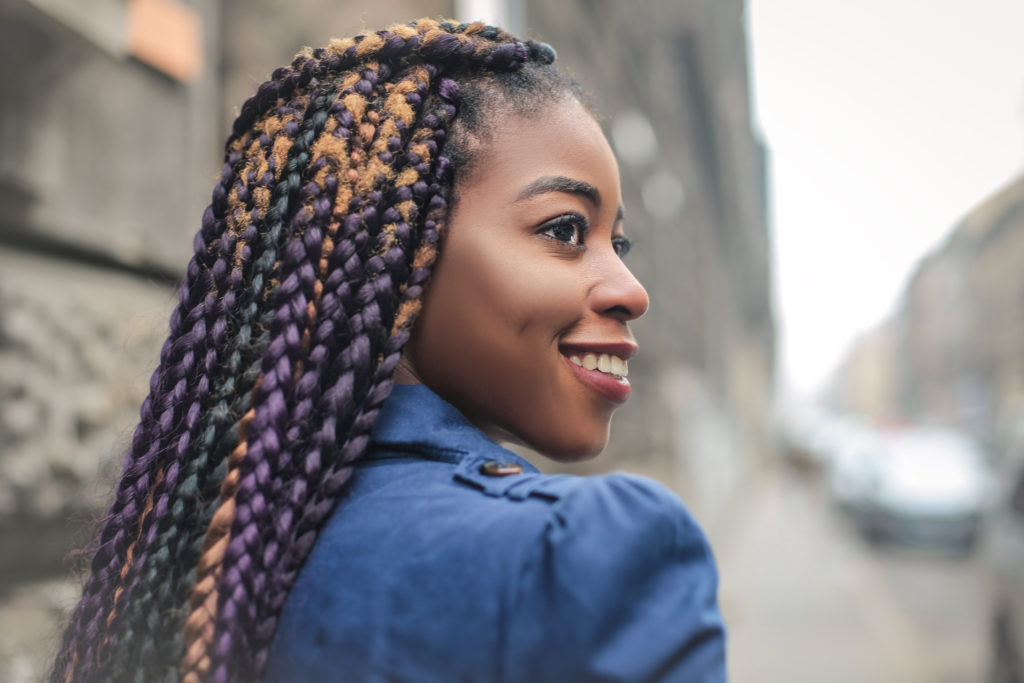
Braids have always been a staple for those of us with afro kinky tresses. It allows our hair to “rest” – our arms too from all that combing! – and is widely known as a “protective style”. The theory is that our hair grows best with periods of low manipulation when it can just spring from the scalp as it pleases. Then when the braids are removed, there’s some lovely new growth to work with. Black women, of course, love braids because it’s always a good look, from cornrows to Ghana braids to Senegalese twists and faux locs and everything in between! One day you’re rocking the fro and the next you’re flipping that hair over your shoulder with attitude.
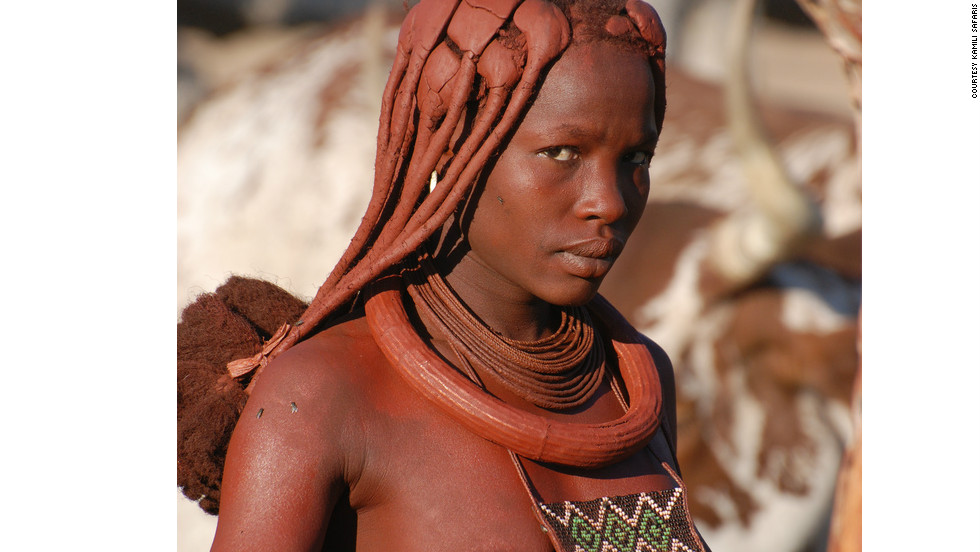
Braids are of course extremely popular in African countries today, with many tribes and cultures having their own special concoctions of natural ingredients to apply to the hair. If only we could get the secrets…Coconut oil? Shea butter? Bentonite clay? We want answers!
Tribal Makeup
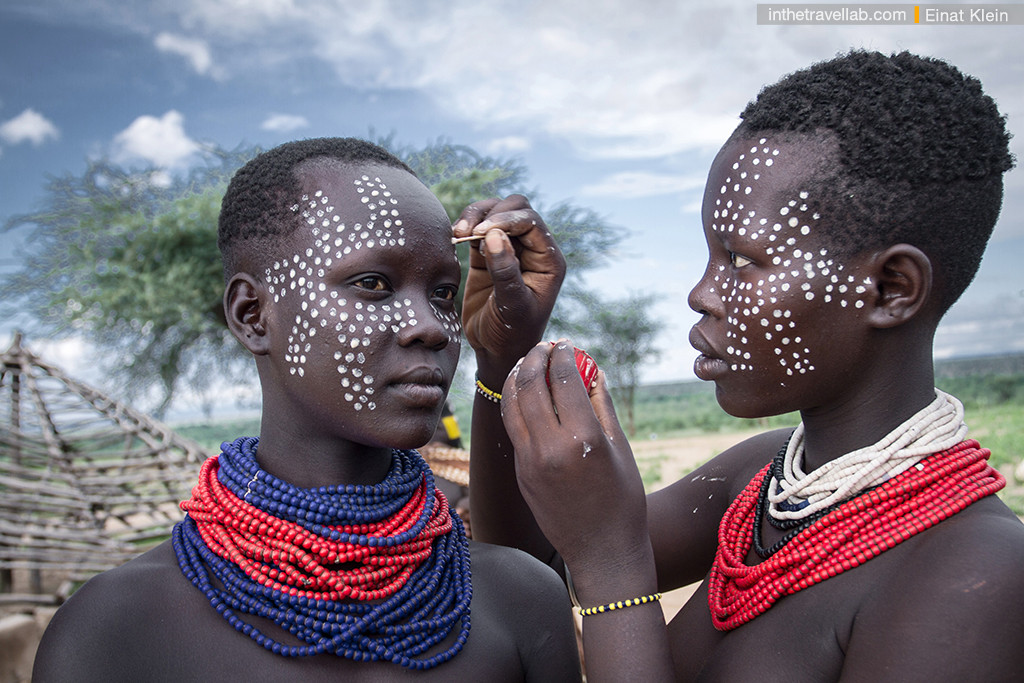
Tribal makeup is a staple of African tribes, for all kinds of ceremonies and celebrations and even just regular life. Tribal is a broad term and includes many different patterns, but I think what most readily comes to mind is a series of stripes and dots. This is perhaps thanks to increased representation of its uniqueness in films such as Black Panther, which inspired tons of black people to pay homage by researching and experimenting with ancestral makeup styles. Made from paint or clay, the makeup plays a key role in each tribe, signifying beauty and social belonging.
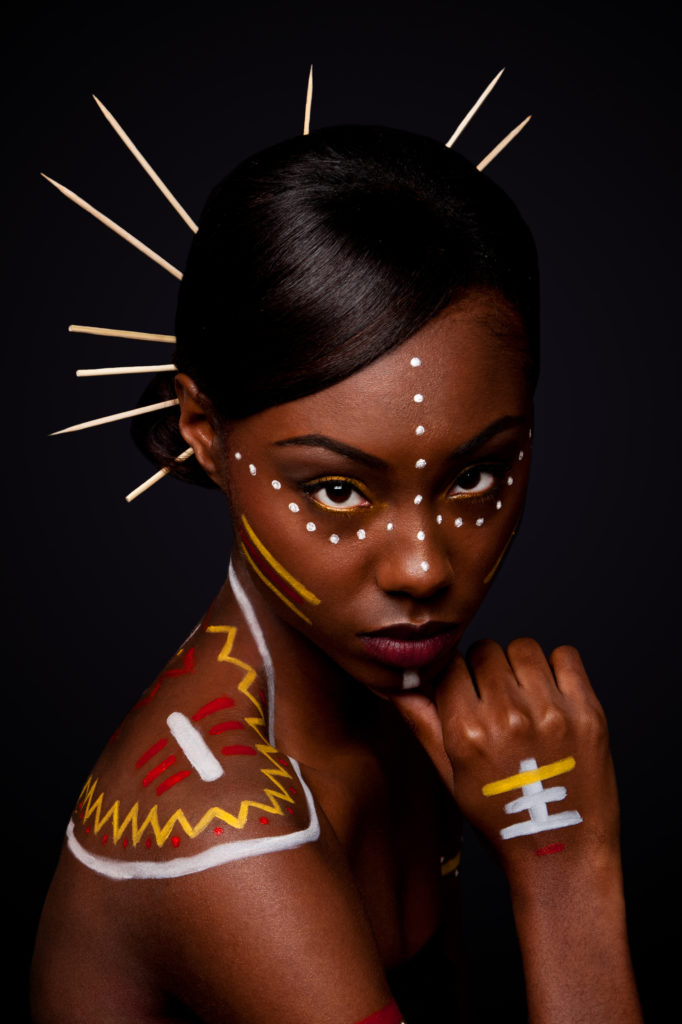
The colors themselves have various meanings, for example white conveys hope and light, red for danger, daring or urgency, and yellow expressing joy, energy and warmth. When we as Westernized women step out of our comfort zone of winged liner and lipstick, the boldness of tribal makeup looks are bound to get heads turning.
African Patterns
African-patterns or spins on traditionally European clothing items is also a thing. Take the fashion brand Bfyne by Nigerian-American entrepreneur Buki Ade, whose sexy bikini line “effortlessly incorporates the latest trends in African culture” and has graced the pages of Vogue, Glamour and the Sports Illustrated Swimsuit Issue.
Then there is Grassfields, who specialises in gorgeous blazers, suits, and dresses for “high quality and ethically made African inspired fashion. While it’s great that there’s such a wave of appreciation for motherland-focused styles, white designers and brands have also caught on and are shamelessly dipping into the ladle of our sauce, without even acknowledging us for it. Designer Stella McCartney was called out for allegedly copying African prints in one of her collections, all the while having only one African model sashaying down her runway. Marc Jacobs sent predominantly white models with dreadlocks down the runway to showcase his Spring 2017 offerings, right around the time when the US Circuit Court of Appeals determined that banning dreadlocks from the workplace is entirely legal. Apparently white people with dreadlocks is an edgy fun fashion statement but black people with dreadlocks can be labeled unprofessional. The chaos continues with clothing company Zazzle promoting “pro-black slogans” such as “Black Girl Magic” on their T-shirts…worn by white models.
Ultimately, African inspired garments are more than a trend. It marks a shift in thinking and allegiance among afro-descendant people that should be encouraged, regardless of those trying to steal the spotlight with their ignorance of its symbolic nature. We want to ensure that our children can find creative ways to show pride in their brown skin and African heritage, for generations to come.


